The Lipstick Plant, also known as Aeschynanthus radicans, is a charming hanging plant with unique tubular flowers that resemble tubes of lipstick. It is a popular choice for indoor gardens and hanging baskets due to its cascading vines and vibrant blooms. Here is a detailed description of the Lipstick Plant along with care tips to help you cultivate and enjoy its beauty:
Appearance:
The Lipstick Plant features trailing vines that can grow several feet long, making it perfect for hanging displays. The leaves are glossy, dark green, and have a slightly waxy texture. The most distinctive feature is its tubular flowers, which come in shades of red, orange, or pink, resembling tubes of lipstick.
Light Requirements:
Place your Lipstick Plant in bright, indirect light. It thrives in bright, filtered light but should be protected from direct sunlight, as it can scorch the leaves. An east or west-facing window with sheer curtains or a few feet away from a sunny window is an ideal location.
Temperature:
The Lipstick Plant prefers average room temperatures between 60°F to 75°F (15°C to 24°C). Protect it from drafts and extreme temperature fluctuations, as it is sensitive to cold air.
Watering:
Keep the soil of your Lipstick Plant evenly moist but not waterlogged. Water when the top inch (2.5 cm) of soil feels slightly dry. Avoid overwatering, as it can lead to root rot. During the growing season, water more frequently, and reduce watering in winter when the plant is in its dormant phase.
Humidity:
The Lipstick Plant enjoys moderate to high humidity. Mist the leaves occasionally or place a humidity tray filled with water and pebbles near the plant to increase humidity levels. This helps prevent the leaves from drying out in dry indoor environments.
Soil:
Plant your Lipstick Plant in well-draining potting soil. A mixture of peat moss, perlite, and regular potting soil works well. Ensure the pot has drainage holes to prevent waterlogging.
Fertilization:
Feed your Lipstick Plant with a balanced, water-soluble fertilizer formulated for houseplants. Dilute the fertilizer to half the recommended strength and apply it every two to four weeks during the growing season (spring and summer). Reduce or stop fertilization in winter when the plant is resting.
Pruning:
Regular pruning helps maintain the shape and density of your Lipstick Plant. Trim back any leggy or overgrown vines to encourage bushier growth. Pinching off spent flowers promotes the production of new blooms.
Support:
As the Lipstick Plant grows, it may benefit from a trellis or support system to guide its trailing vines. This helps maintain an attractive and compact appearance.
Pests:
Watch out for common houseplant pests like aphids, spider mites, or mealybugs. Regularly inspect the leaves, especially the undersides, for signs of infestation. If pests are present, treat them with an appropriate insecticidal soap or horticultural oil.
The Lipstick Plant is a delightful addition to any indoor garden or hanging basket, adding a pop of color and a unique touch with its lipstick-like blooms. With proper care and attention, you can enjoy its cascading vines and vibrant flowers for years to come.

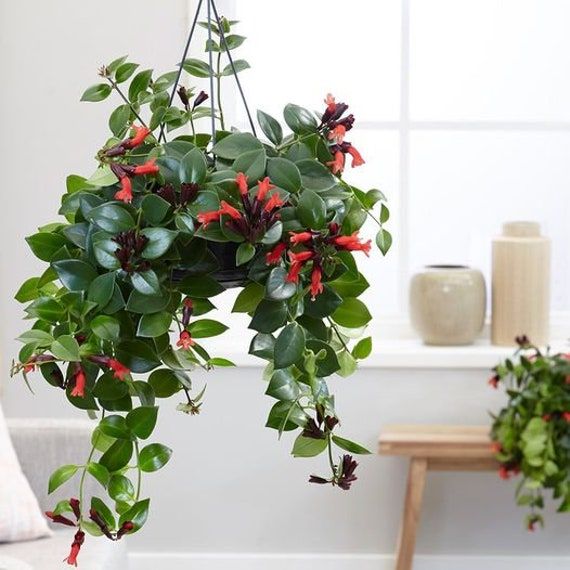
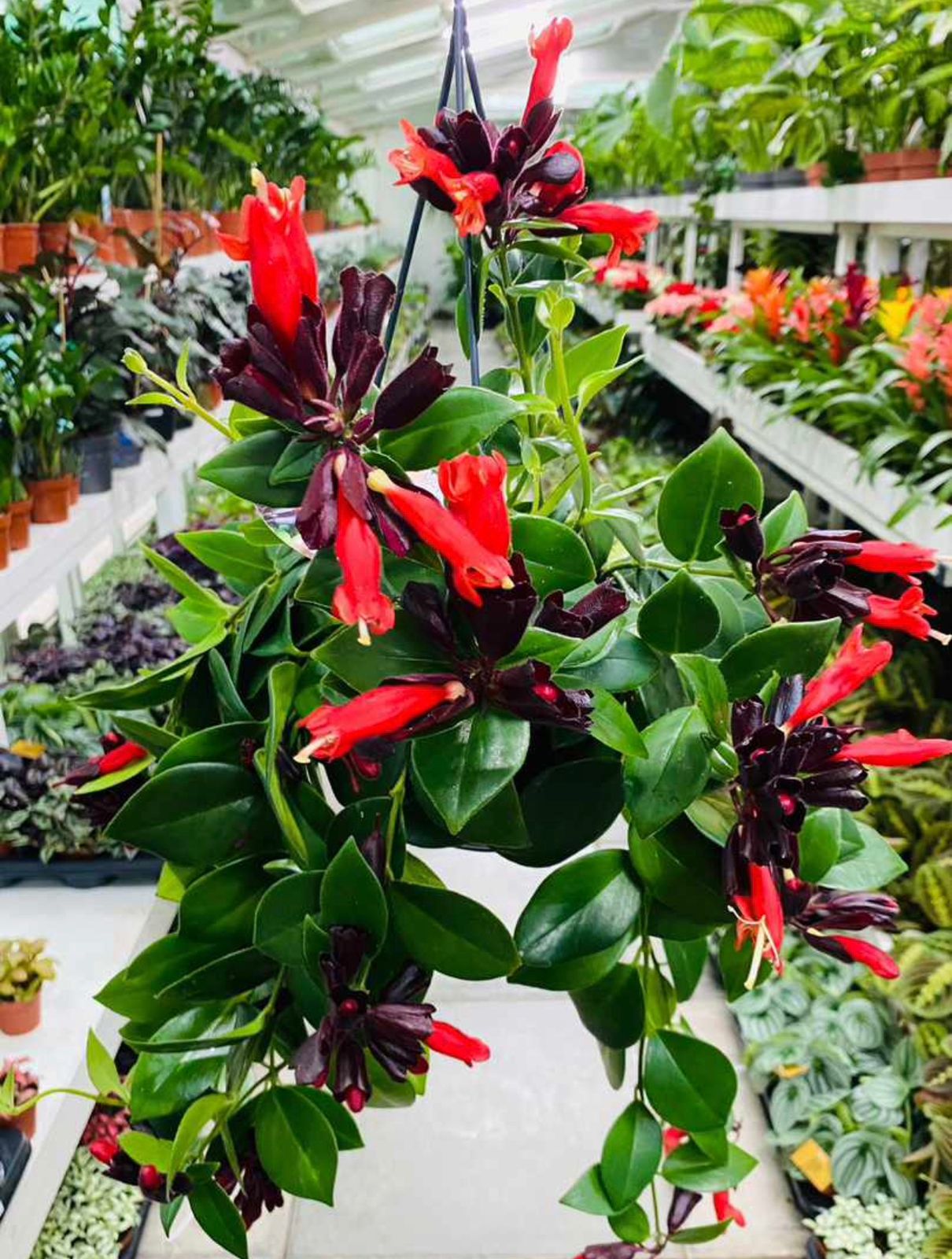
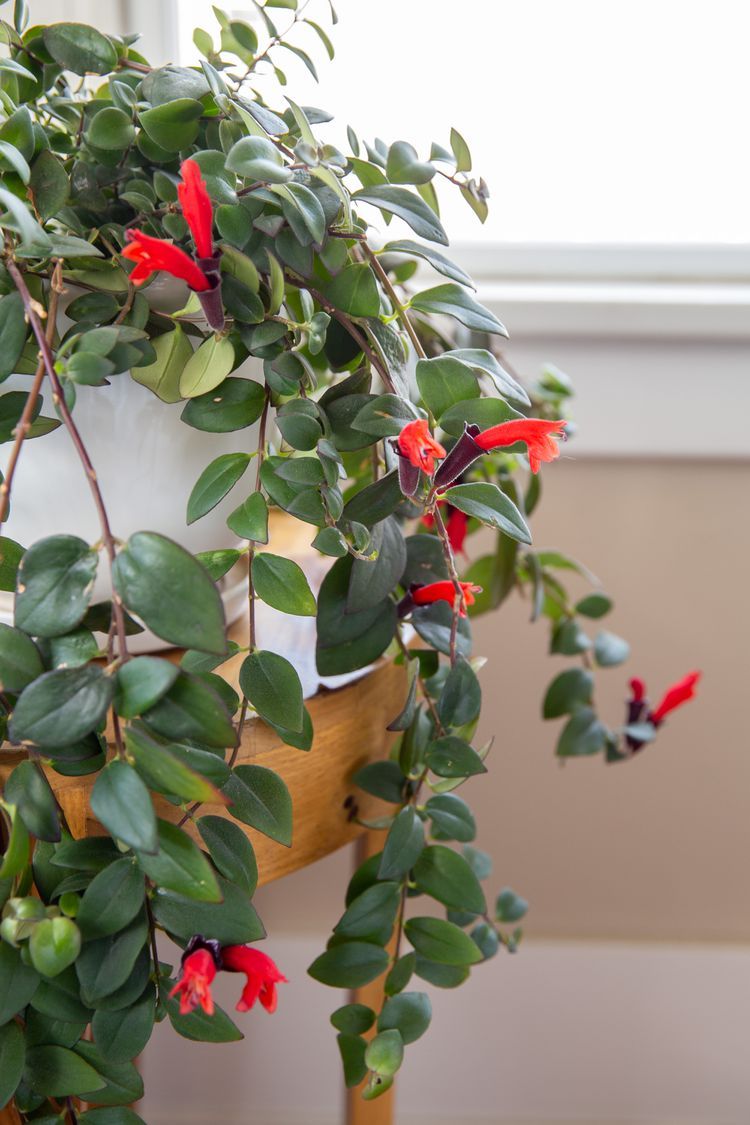
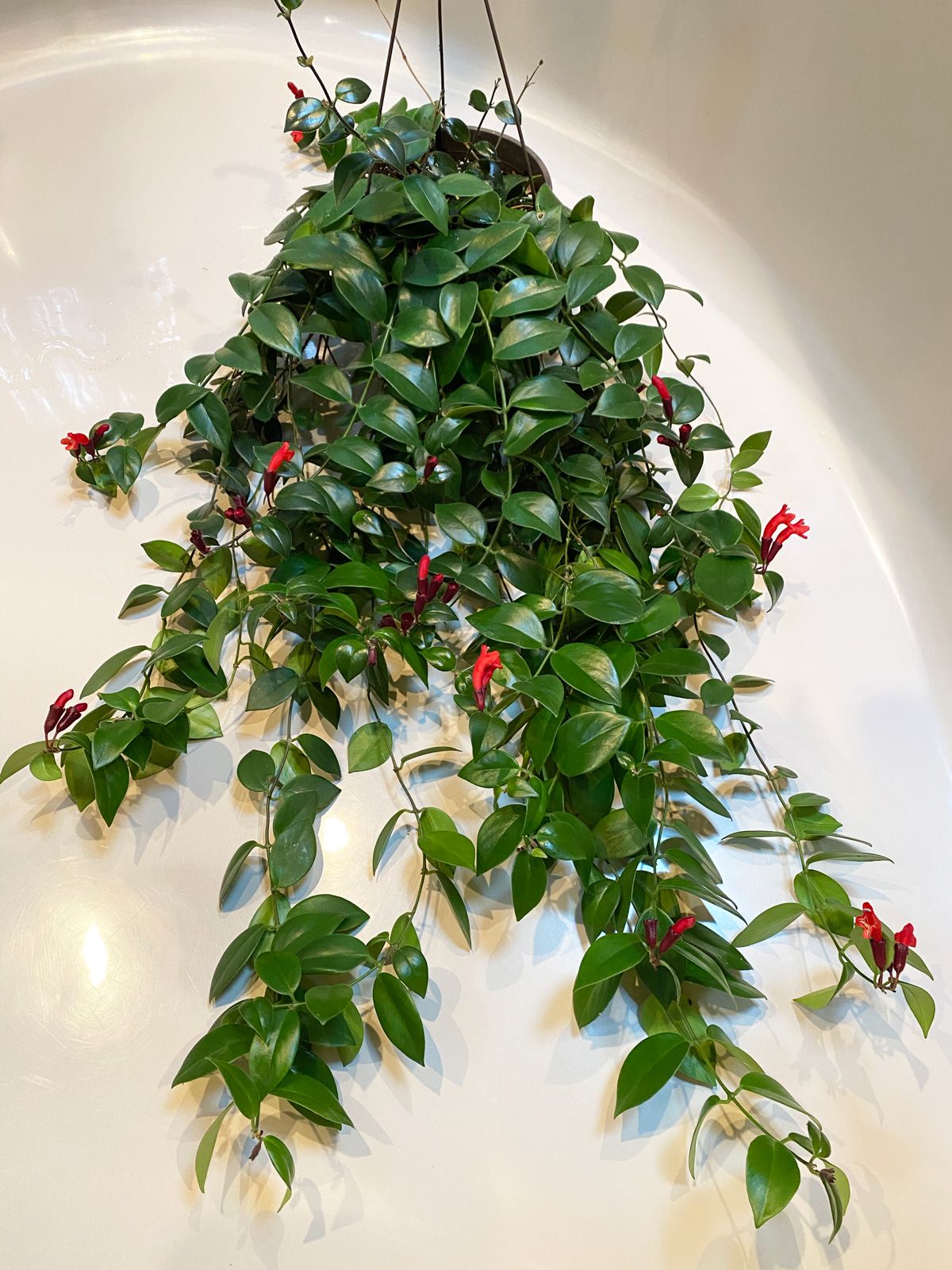
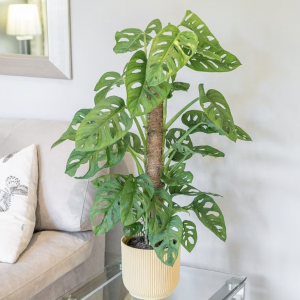
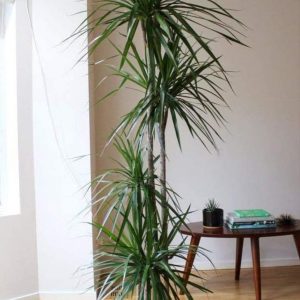
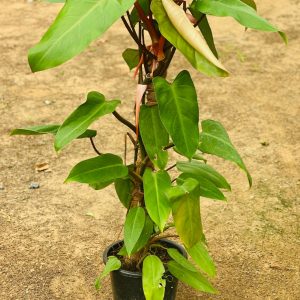

Reviews
There are no reviews yet.